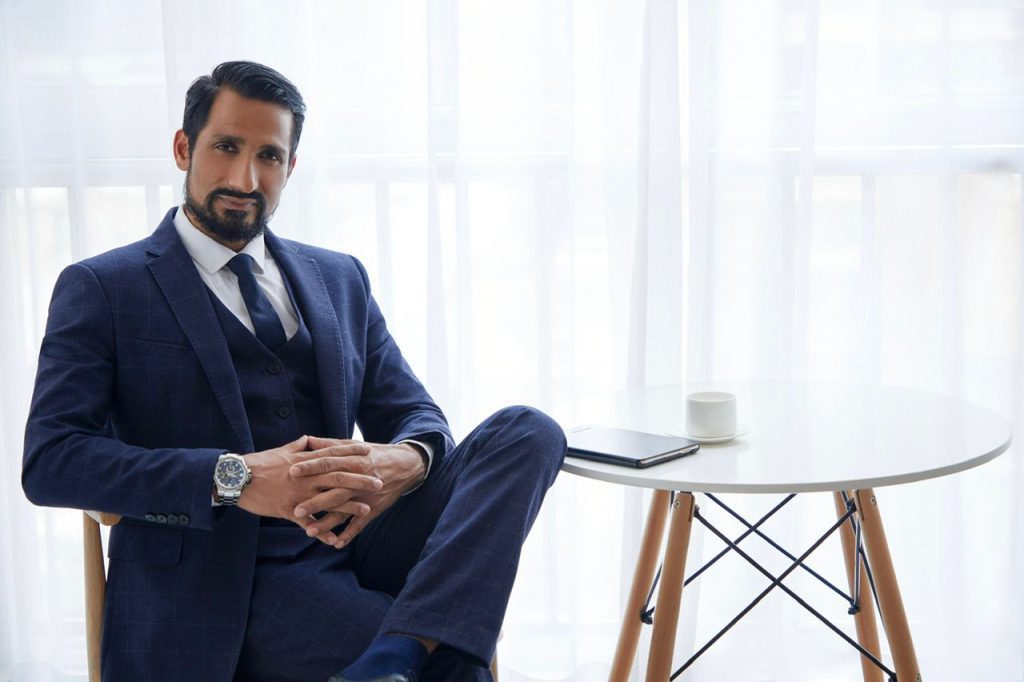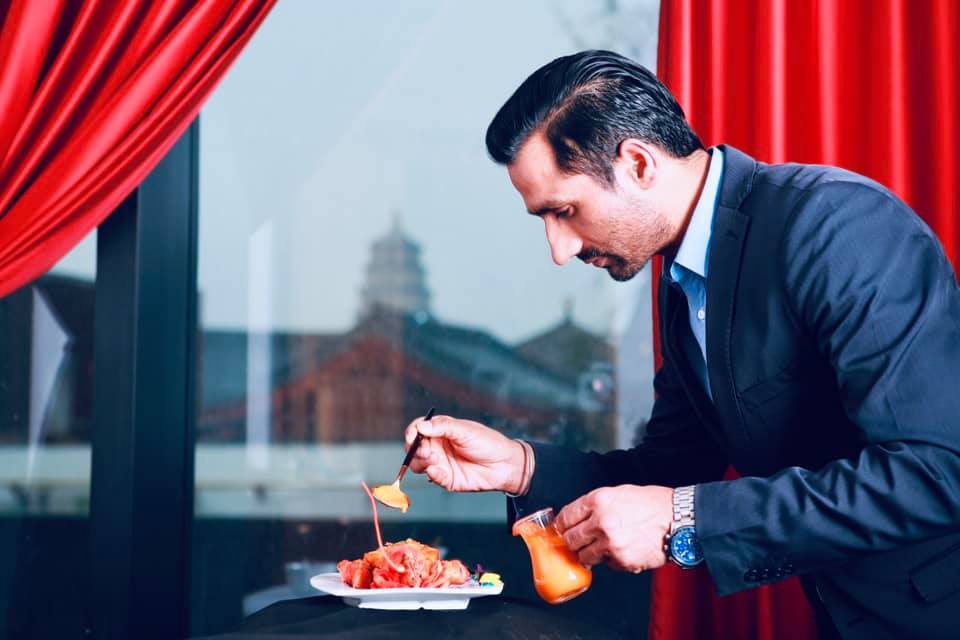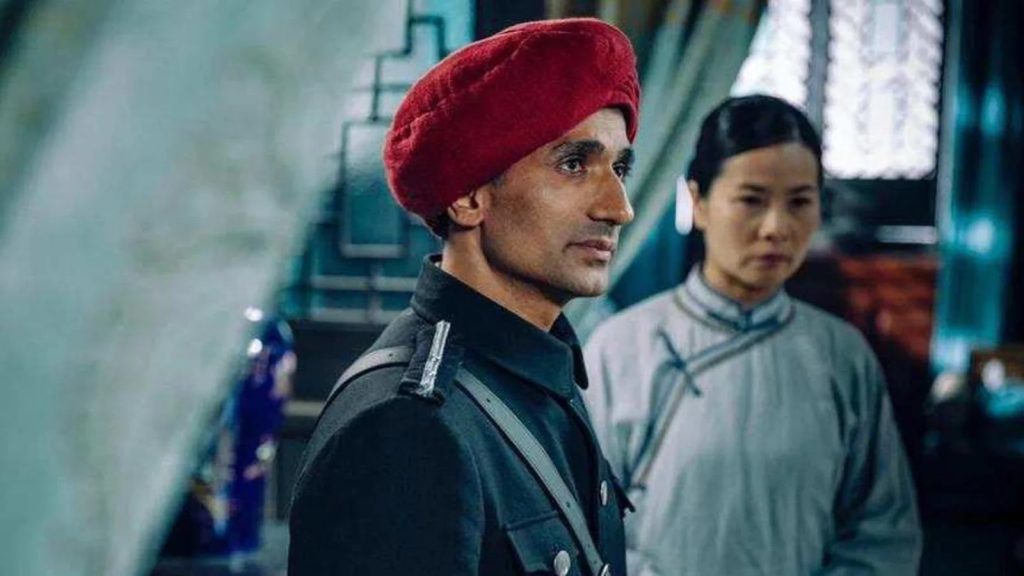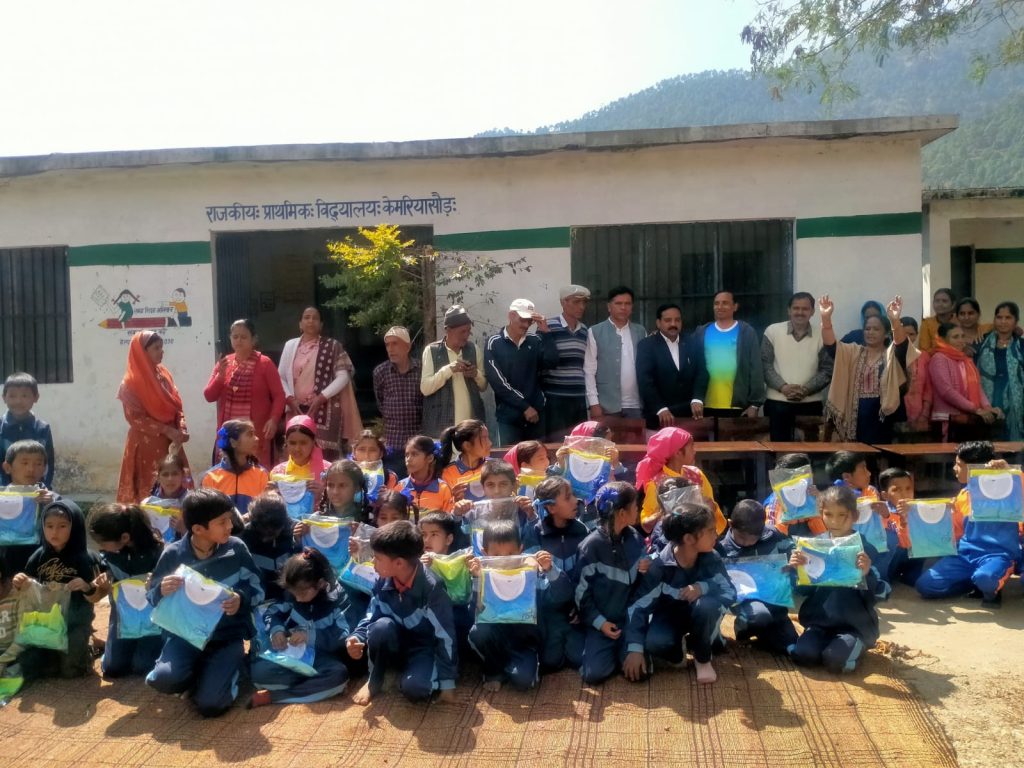karmaṇy-evādhikāras te mā phaleṣhu kadāchana
mā karma-phala-hetur bhūr mā te saṅgo ’stvakarmaṇi’
(January 15, 2023) This verse from the Bhagwad Gita that asks one to keep doing their karma without thinking too much about the result, pushed Xi’an-based actor and entrepreneur Dev Raturi to never give up. With roots in India, he moved to China in 2005, making a name in the world of hospitality and cinema. Coming from a humble background in the hills of Uttarakhand, Dev made it big in China despite facing many struggles. Such has been his rags-to-riches story, that his inspirational life has made its way to the textbooks of Class 7 students in Xi’an City.

Dev Raturi
An actor, entrepreneur, and activist, Dev Raturi’s hard work and perseverance have catapulted him to successful heights in China. In these decades in China, Dev has become an ambassador of Indian culture, promoting his homeland’s heritage, food, and warmth.
From an Indian village to Shenzhen in China
Growing up in Kemriya Saur village in Uttarakhand’s Tehri Garhwal district, Dev was raised in a family of lesser means. But that did not deter him from working hard and dreaming big. At a young age, he developed a penchant for films, and especially Bruce Lee. Seeing his favourite martial arts hero on 70mm was a sight he held dear, and was keen to follow in his footsteps of him and even try his luck in Bollywood. He even ran away from his home to Mumbai to realise his dream of becoming a hero but found no success. A little dejected, he took a train to Delhi where he did menial jobs to support his family back in the village. But a life-changing opportunity knocked on his door in 2005 in the form of a job at an Indian restaurant in Shenzhen, China. Though he was to wait tables at a salary of 1650 Yuan, he found this a golden opportunity to immerse himself in Chinese culture and pursue his martial arts training.

“I worked as a waiter for two years and then in 2007 was made a manager in a German restaurant. Gradually I learned professional skills and was appointed area director in a hospitality chain in 2010,” he said in an interview. He climbed up the ladder fast and in 2013 opened his first Indian restaurant in Xian that serves not only authentic Indian food but also gives a holistic Indian experience with Indian architecture, crafts, festivals, and yoga at its centre. “I was in China, and I thought of opening a unique and authentic Indian restaurant Redfort that could connect well with China and where we can exhibit and promote our incredible and vivid Indian culture. I realised although both countries are the oldest civilization, yet being neighbours, there is still a lot of cultural gap,” he added.
A dream life
In the next two years, he opened up his second restaurant – Amber Palace – and with it came the opportunity that he had been waiting his entire life. A Chinese director while scouting for locations landed at his restaurant, and the chance encounter and a brief interaction led him to a small role in the film Special SWAT. “I readily offered to act.” A childhood dream was realised and he never looked back, leading him to act in over 35 Chinese films and TV serials in the following years, making him a popular name in the world of cinema in China. “Even though I am not at all trained in professional acting nor do I have extensive experience in it, I give my 101 percent to the roles I play,” he said.

Giving back
Coming from a humble background and making it big in China, Dev realised how difficult it is to make it on your own without any guidance. Hence, he founded Raturi Foundation in 2021 to empower underprivileged children through education. “When I grew up, I could not pursue higher education due to financial challenges. We have many talented kids who are not able to study due to these hardships. With Raturi Foundation, our vision is to help all such students support them with their education and be successful in their lives. If it goes well by the blessings of Lord Krishna, we will be contributing 80 percent of our profits to the NGO towards social welfare.”

Raturi Foundation
Dev Raturi stands as a remarkable Indian actor and restaurateur in China, serving as a true inspiration. His story is a testament to determination, cultural pride, and the ability to break barriers. Dev Raturi’s journey serves as an inspiration for those aspiring to make a mark beyond borders, demonstrating that passion and dedication can bridge cultures and create a positive impact on the world stage.
Also Read: Horn Please, Pinki Ji, Don’t Tell Aunty: Jessi Singh turning Indian dining into a global party



